How to Care for your Lawn during Winter in Australia
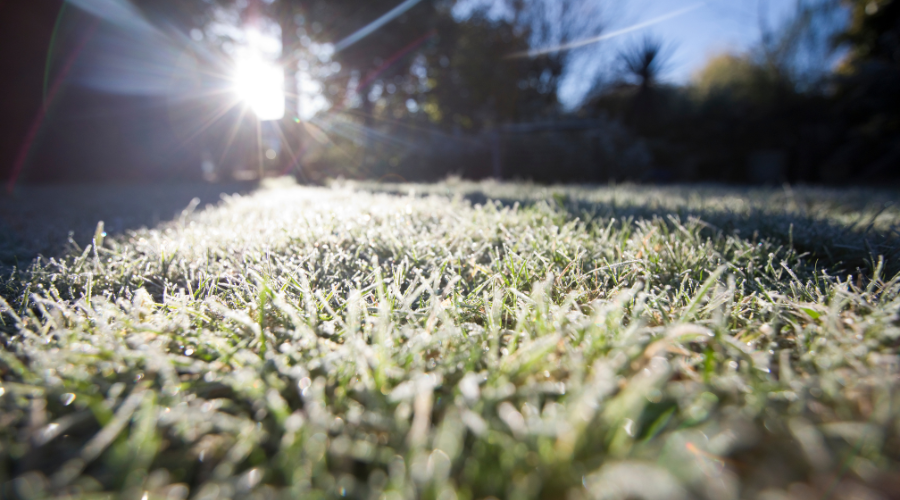
Winter lawn care is so important for keeping your garden looking vibrant and healthy, don’t you think? Those colder months can be quite tough on our lawns here in Australia. With shorter days, less sunlight, cooler temperatures, and increased rainfall or frost, the poor grass can feel a bit stressed and rundown. But, don’t worry. A few simple steps during winter can work wonders in preventing damage and ensuring your lawn stays strong and resilient, ready to flourish beautifully come springtime.
Adjust Your Lawn Mowing Routine
First Off, in winter, grass growth typically slows down due to cooler temperatures and reduced sunlight. This means you won’t need to mow as often as in the spring or summer.
Winter Warriors Vs Winter Snoozers
Location, Location, Location
Cool-Season Grasses: If you have got cool-season grasses like ryegrass, bluegrass, and fescue, may continue to grow, albeit slowly, during cooler months. So, if you’re in a part of Australia with relatively mild winters, you might still need to give these guys a trim every 3-4 weeks or so.
Winter-Season Grasses: On the other hand, warm-season grasses like buffalo, Kikuyu, and Bermuda grass tend to go into full-on hibernation mode when the mercury drops. These sleepy fellas might not need any mowing at all until spring comes knocking and they wake up from their winter nap.
Speaking of where you live, your climate and location play a huge role too.
Milder Regions: If you live in a part of Australia with mild winters ( like Coastal areas), your lawn may continue to grow slowly throughout the season, so you will need to stay on top of these occasional mows.
Colder Regions: But if you’re in a region with harsher, colder winters, your grass might just check out completely until the warmer weather returns. In that case, you give your mower a well-deserved break!
Mowing Height
However, when you do, keep those blades a little higher than usual. Raise the cutting height of your mower during winter. A longer leaf blade allows for more photosynthesis and helps insulate the soil. For example, set the mower height to 40-50mm for buffalo grass. The grass should reach your second knuckle when you insert your finger into the turf. In addition, this extra length will help your lawn soak up more of that precious winter sunlight, better insulate the soil and store nutrients for the colder days ahead.
Rather than sticking to a strict schedule, it’s best to monitor your lawn and mow only when necessary. If the grass has grown enough to look untidy or exceed the recommended height for its type, it’s time to mow. By adjusting your mowing schedule based on the grass type, growth rate and climate, you can keep your lawn healthy and avoid stressing the grass during the colder months.
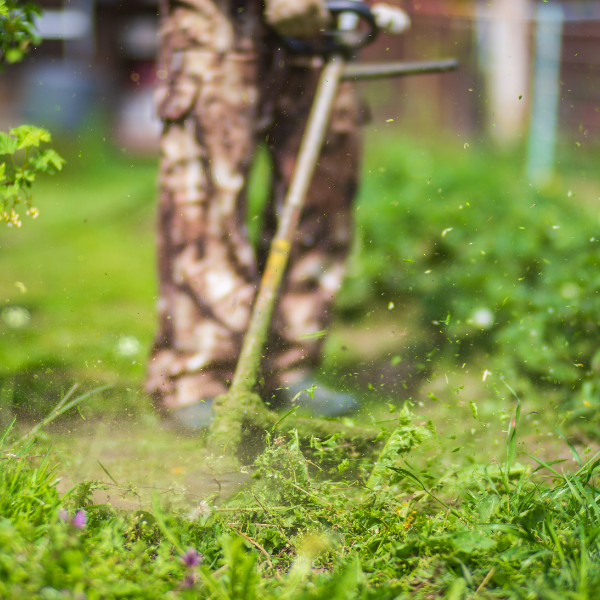
Water Wisely
For most regions in Australia, watering once a week or even less might be sufficient. It’s best to water in the morning to give your lawn plenty of time to absorb the water throughout the day, which also helps prevent frost damage overnight.
On the other hand, overwatering can be a buzzkill in winter, as damp conditions can lead to pesky fungal diseases. Consequently, cut back on the watering and aim to do it in the morning. That way, your lawn can soak up the moisture throughout the day, and you won’t have to worry about frosty overnight damage.
Providing the Right Nourishment
Right Ingredient: Use a fertiliser that is high in potassium, as potassium helps strengthen and harden plants against cold weather and disease. Look for a winter-specific lawn fertiliser or a “winterizer” that is formulated to promote root growth and enhance nutrient storage for the cold months. Also, during winter, avoid fertilisers that are high in nitrogen as they encourage leaf growth, which is not ideal during a period when your lawn is trying to go dormant.
Timing is key: The best time to fertilise your lawn is in late autumn, just before the onset of the coolest winter temperatures. This timing helps your lawn store essential nutrients and maintain good health throughout the winter. Do not apply fertiliser right before a frost, as it can damage the grass. Make sure the weather is mild and the soil is not frozen.
Application method: Use a spreader to ensure the fertiliser is distributed evenly across the lawn. Avoid over-fertilising any area to prevent grass burn.
Always follow the manufacture’s instructions on the packaging for the best results. This includes guidance on how much product to use per square meter of lawn.
After applying the fertiliser, give your lawn a light watering to help your soil absorb the nuterients, unless rain is expected soon after the application. Additionally, keep an eye on your lawn’s health and look for signs of improvement or any issues. Adjust your care routine based on how your lawn responds to the winter conditions.

Silica and Potash Liquid Fertiliser Concentrate
1 reviews $16.50Richgro 1kg Soluble Powder Sulphate of Potash
2 reviews Original price was: $13.99.$12.90Current price is: $12.90.Give your Soil Some Love
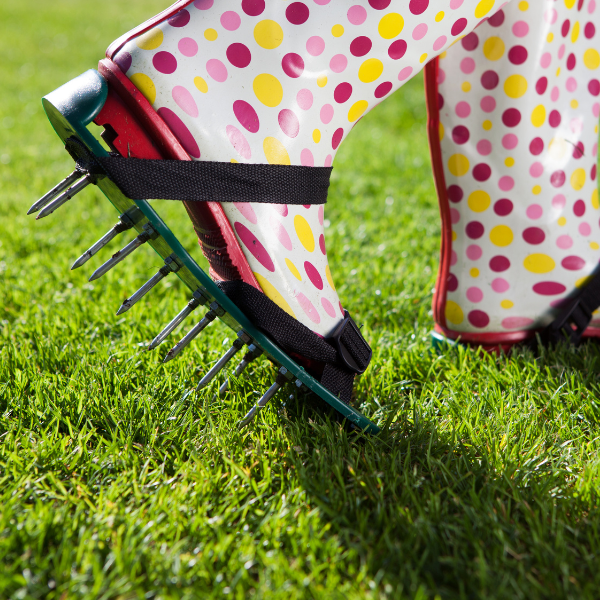
Moreover, winter is the perfect time to show your soil some TLC (Tender, Love and Care). Aerating the lawn will help oxygen and nutrients circulate better, giving your grass a much-needed boost.
For cool-season grasses, early winter can be a suitable time for aeration if the ground is not frozen and the grass is actively growing. For warm-season grasses, it’s typically better to aerate in late winter or early spring as these grasses start to come out of dormancy and begin their growth cycle.
Ensure the soil is neither too wet nor frozen. Aerating under these conditions can be ineffective or may damage the soil structure and root system. The best time for aeration is when the soil is moderately moist, which makes it easier to penetrate. Grab a garden fork or an aerating tool and create some tiny holes – your lawn will thank you!
Keep an Eye on Weeds
Furthermore, weeds can be tougher than your grass during the colder months, so it’s important to tackle them early. Hand-pulling or using a weed control product suitable for your grass type and local conditions can help keep those pesky invaders at bay.
Keeping your grass at the right height, aerating the soil, and using the appropriate fertilizer all contribute to strengthening your lawn against weed invasion.
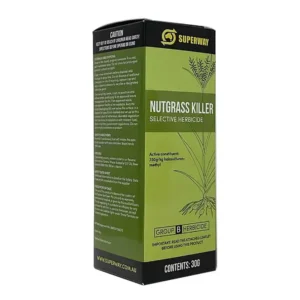
Nutgrass Killer – Superway
12 reviews $38.90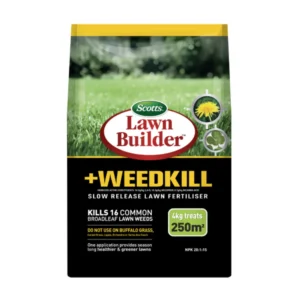
Scotts Lawn Builder & Weed Killer
$33.90Frost and Snow? No Sweat!
Likewise, if you live in an area prone to frost or snow, avoid walking on your frosted lawn those brittle blades can be easily damaged. And if you get a dusting of the white stuff, gently brush off any excess snow from branches and leaves to prevent bending or breakage.
In conclusion, winter lawn care doesn’t have to be a hassle. With a few simple adjustments, you can keep your lawn looking its best until spring rolls around again. Remember, the key is adapting your routine to suit your grass’s seasonal needs!






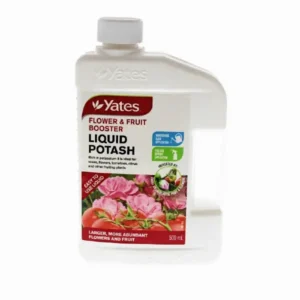
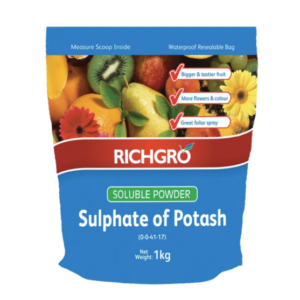
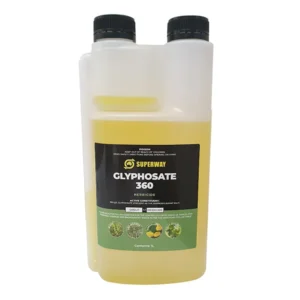

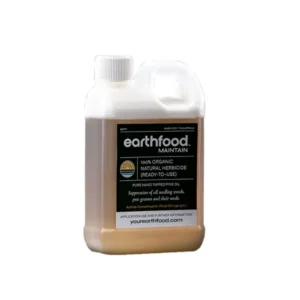
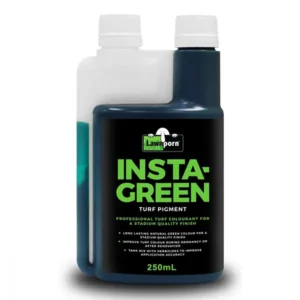


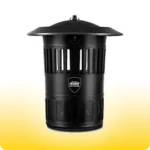 Mosquito Traps
Mosquito Traps